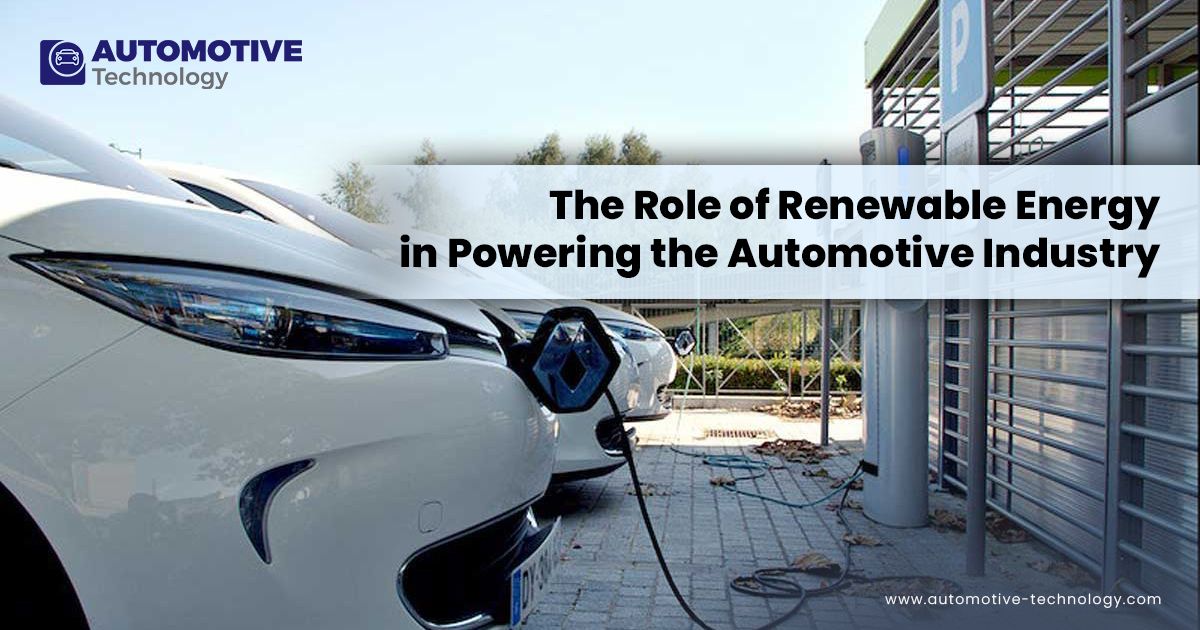
Hey, remember when sedans ruled the road? It feels like just yesterday these sleek, reliable four-doors were the default choice for American families, the go-to for daily commutes, school runs, and even those epic cross-country road trips. For decades, they were affordable, fuel-efficient, and undeniably practical, holding the top sales spots throughout much of the 20th century. But if you’ve glanced around any dealership lot lately or just observed traffic, you’ll notice something has fundamentally changed. The automotive landscape has undergone a seismic shift, and the question on everyone’s mind isn’t just ‘Are sedans dying?’ but ‘Seriously, what happened?’
Well, grab a coffee because we’re about to delve into the fascinating and multifaceted reasons behind this dramatic transformation. The truth is, it’s not just one thing; multiple factors, from evolving consumer preferences to technological leaps and clever marketing, have contributed to sedans losing significant ground. This isn’t merely a passing trend; it’s a complete cultural and lifestyle shift that has seen trucks and SUVs dominate dealership lots and roadways across the United States. Today, more than ever, shoppers are moving away from sedans and turning to larger vehicles for an array of compelling reasons.
So, why are these once-beloved sedans being left on the sidelines? Why are automakers phasing them out at an accelerated pace, with iconic models like the Ford Fusion, Chevy Impala, and Dodge Dart disappearing? Even stalwarts like the Honda Accord and Toyota Camry are no longer the sales juggernauts they once were. We’re talking about a world where SUVs and trucks now make up over 75% of all new vehicle sales in the U.S. That’s a huge slice of the pie! Let’s explore the key drivers behind this automotive revolution and understand why the writing is on the wall: sedans no longer meet the needs—or the desires—of most drivers.
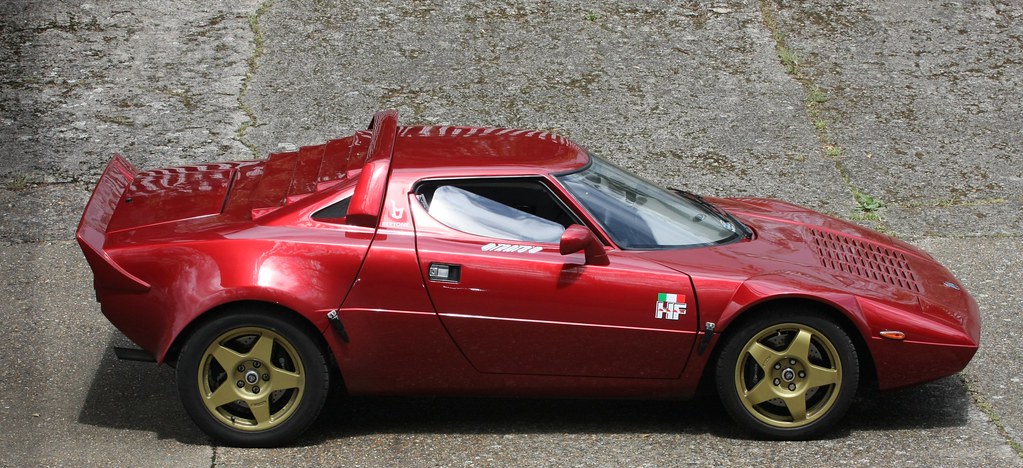
1. Generational Shifts in Car Buying Habits
In recent years, car buying habits have undergone a generational transformation, profoundly impacting the sedan’s standing. This shift involves age, lifestyle changes, and evolving consumer expectations, all playing a pivotal role. Understanding these differences is key to grasping why sedans are rapidly losing ground to SUVs and crossovers.
Older generations often preferred sedans due to their ease of entry and exit. With lower ground clearance, sedans allowed passengers to get in and out without stepping too high, which is especially beneficial for individuals with mobility challenges. This made sedans a comfortable and accessible choice, resonating with a mature demographic.
Conversely, younger buyers tend to favor SUVs and crossovers over traditional sedans, primarily for their practicality and spaciousness. These vehicles are ideal for active lifestyles, providing ample room for sports gear, camping equipment, and other essentials. Many also offer off-road capabilities, appealing to young adventurers, making SUVs more stylish and attractive to this demographic.
Read more about: The Great Cool-Down: 13 Classic Cars Quietly Crashing in Value in 2025
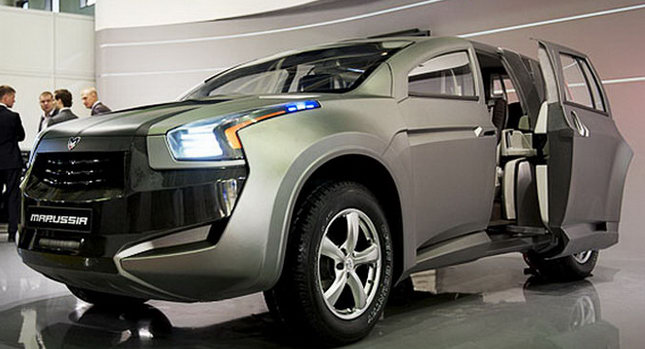
2. The Dominant Rise of SUVs and Crossovers
If there’s one undeniable trend that has reshaped the automotive world, it’s the dramatic rise of SUV and crossover sales over the past decade. This phenomenon hasn’t just chipped away at sedan popularity; it’s fundamentally altered the landscape, leading to a significant decline in traditional four-door sales. It’s clear these vehicles represent a fundamental shift in what consumers want.
The numbers don’t lie: SUVs and trucks now constitute over 75% of all new vehicle sales in the U.S. This isn’t just a fleeting trend; it’s a profound cultural and lifestyle shift. Sedans simply can’t compete with the sheer volume and diversity of offerings in the SUV and crossover segments, which now meet nearly every consumer need.
Automakers have recognized this and are phasing out sedan production at an accelerated pace, reallocating resources. The market for sedans has literally contracted because people are buying trucks and utility vehicles en masse. This means fewer choices for sedan lovers and an overwhelming array of SUV options, further entrenching their dominance.
Ultimately, the shift from sedans to SUVs and crossovers is driven by changing lifestyles, consumer tastes, and heightened expectations. As manufacturers adapt, SUVs and crossovers continue to grow, becoming an almost ubiquitous sight, while sedans become less common.
Read more about: Seriously, What Happened? Diving Deep into 12 Once-Popular Minivans Families Just Don’t Drive Anymore

3. The ‘More Car for the Money’ Perception
When buying a car, necessity is usually the primary driver for most people; it’s about practicality and perceived value. This is where SUVs and crossovers have truly excelled, crafting a narrative that they offer ‘more car for the money’ compared to sedans.
Consider the 2024 Chevy Malibu, priced around $25,100 with 15.7 cubic feet of cargo. The 2024 Chevy Equinox, slightly more expensive at $26,600, offers a whopping 63.9 cubic feet. That’s a massive difference in utility for just a little extra cash.
Even if you don’t use all that space daily, the perception is you get ‘more car’ for your investment. For the average buyer prioritizing practicality, the Equinox becomes an almost undeniable choice. This same logic follows when buying a big truck: it’s perceived as more vehicle for the money.
Ford showed a similar trend. In 2018, the Focus offered 13.2 cubic feet of cargo, while the Escape could fit a maximum of 68 cubic feet. The SUV consistently offers significantly more utility for a relatively modest price increase, a major reason shoppers are turning away from sedans.
Read more about: Seriously, What Happened? Diving Deep into 12 Once-Popular Minivans Families Just Don’t Drive Anymore

4. The Impact of Advanced In-Car Technology
It’s not just about size and space anymore; modern car buyers are increasingly swayed by the bells and whistles—the advanced in-car technology that transforms a vehicle into a connected, intelligent hub. Advancements in infotainment, connectivity, and driver-assistance features have profoundly influenced consumer purchasing decisions, further contributing to the growing preference for SUVs and crossovers over sedans.
Here’s why SUVs often have an edge: their larger dimensions make them ideal platforms for integrating extensive infotainment systems and sophisticated safety enhancements. More physical space inside means room for bigger touchscreens, more speakers, and a broader array of sensors and cameras. Many modern SUVs and crossovers now come fully equipped with expansive touchscreens, intuitive voice recognition, built-in Wi-Fi hotspots, and seamless smartphone integration.
These technological offerings make SUVs and crossovers incredibly appealing to today’s tech-savvy consumers. The ability to stay connected, entertained, and informed on the go is a powerful draw, and these vehicles deliver on that promise more readily than many sedans. As a direct result, this technological advantage has played a crucial role in the shift away from sedans.
Read more about: 15 Things Mechanics Really Wish You’d Stop Delaying on Your Car
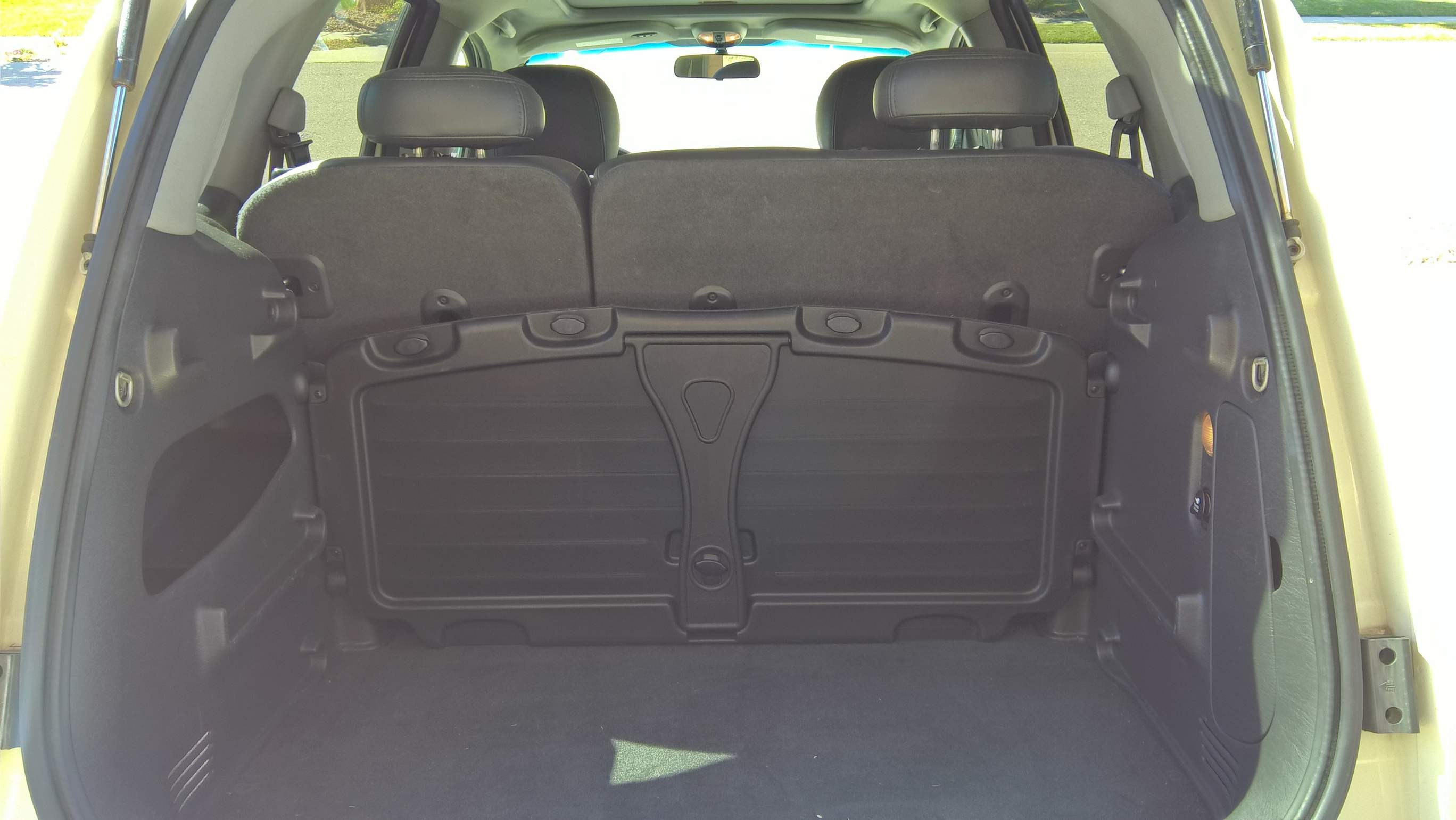
5. Unmatched Versatility and Cargo Space
When discussing practical advantages drawing people to SUVs and crossovers, versatility and cargo capacity are paramount. These vehicles offer a clear advantage over sedans in adapting to various life scenarios, from daily errands to ambitious road trips, largely due to their spacious interiors.
SUVs and crossovers comfortably accommodate up to seven or eight passengers, making them an unparalleled choice for families or groups. Their foldable seats also allow for dramatic expansion of cargo capacity for larger items. This flexibility transforms the vehicle into a true multi-purpose machine, something most sedans simply cannot match.
Sedans typically have much more limited storage space, restricting their ability to carry bulky or oddly shaped items. This limitation becomes a significant drawback for active lifestyles involving sports equipment, gardening supplies, or family vacation luggage. The ease with which an SUV handles disparate items is a major draw.
Ultimately, if your life involves kids, gear, or just large shopping trips, the choice becomes clear. The ability of SUVs and crossovers to transition seamlessly from family hauler to cargo carrier is incredibly appealing, making sedans seem limited in comparison.
Read more about: The Definitive Guide: Ranking the 13 Best Truck Bed Covers of 2025 for Security, Value, and Practicality

6. Enhanced Safety Features and Higher Seating
Safety is a paramount concern for car buyers, and this is another area where SUVs and crossovers have significantly driven the shift away from sedans. These larger vehicles often boast enhanced safety features, providing a compelling sense of security and protection.
SUVs and crossovers are typically larger and heavier than sedans, offering better occupant protection in a collision. Their higher ground clearance helps minimize undercarriage damage and, in some designs, reduces rollover risk compared to older models. This robust physical presence on the road inspires confidence.
Beyond physical attributes, modern SUVs and crossovers frequently incorporate advanced safety technologies less common in sedans. Features like blind-spot monitoring, lane departure warnings, and adaptive cruise control enhance driver awareness and overall safety, creating a more proactive driving environment.
The higher seating position in SUVs and crossovers is also a major advantage. This elevated perch improves visibility, allowing drivers to better anticipate hazards and react accordingly. This commanding view adds to both perceived and actual safety, making SUVs highly appealing from a safety perspective.
Read more about: Jalopnik’s Take: 8 ‘Missing But Loved’ Classic Options Disappearing From Today’s Base Trims
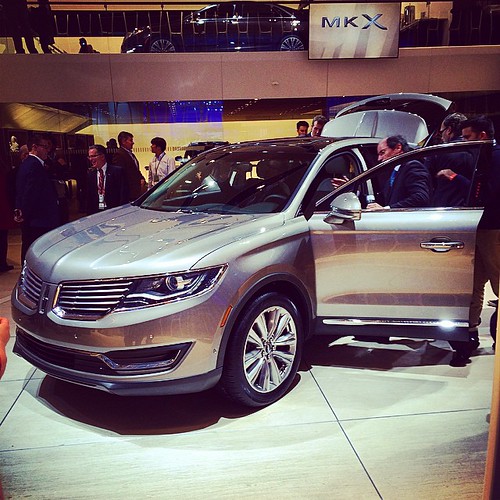
7. Higher Ground Clearance and Off-Road Appeal
Beyond the asphalt of city streets and highways, another compelling reason for the rise of SUVs and crossovers is their inherent capability to tackle more challenging terrains and diverse driving conditions. Their higher ground clearance offers a distinct advantage, making them far better suited for a wider variety of environments than their sedan counterparts. This capability opens up a world of possibilities for adventurous drivers.
Many SUVs and crossovers come standard with, or offer as an option, all-wheel drive or four-wheel drive systems. These advanced drivetrains provide significantly enhanced traction on surfaces ranging from wet, slick roads to snowy conditions, or even rough, unpaved terrain. This means more confidence and control for drivers, especially in regions with inclement weather or for those who frequently venture off the beaten path.
This added capability isn’t just about extreme off-roading; it’s also about peace of mind. Navigating an unpaved country lane, dealing with unexpected potholes, or simply driving through deep snow becomes a less stressful experience in a vehicle with higher ground clearance and robust traction systems. They empower drivers to go where sedans might fear to tread, broadening their horizons and adventures.
Read more about: Unleash the Beasts: 12 Simple 4x4s That Absolutely Dominated as Off-Road Kings, Then and Now!
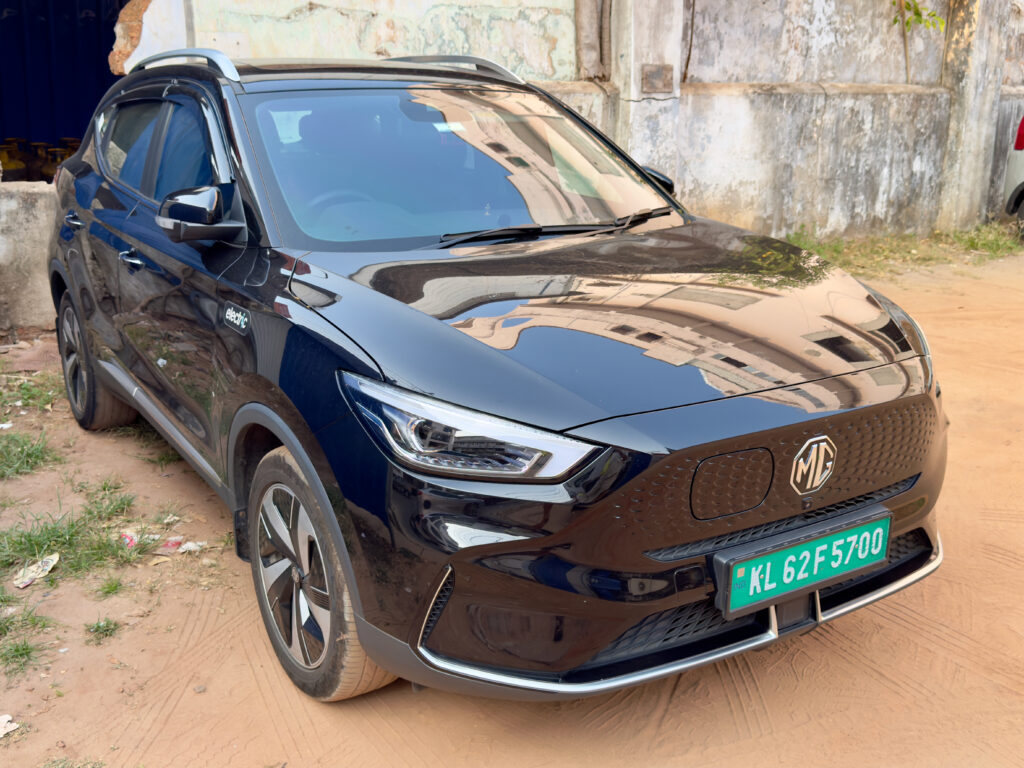
8. Performance and Power That Pulls Ahead
Remember when sedans were the default for agility and quickness? Things have drastically changed. SUVs and crossovers have truly upped their performance, often leaving traditional four-doors behind in raw power and capability. This isn’t just about speed; it’s about what these vehicles can *do*, a critical draw for modern buyers.
SUVs and crossovers generally feature larger, more powerful engines than sedans, providing superior towing and hauling capabilities. Engines range from 2.0 to over 6.0 liters, generating significant horsepower. This allows them to effortlessly tow heavy loads, perfect for weekend adventures or home projects. High-performance SUVs even offer thrilling V8 engines, satisfying those who crave pure power.
Sedans historically excelled in fuel efficiency due to their smaller size and aerodynamic designs, often reaching over 30 MPG on highways. However, modern SUVs and crossovers are far from past gas-guzzlers. Many now offer fuel-efficient hybrid and electric options, eroding a key sedan advantage. Buyers can get impressive utility and power without a huge penalty at the pump, making the choice for a versatile SUV more compelling.
This evolution means drivers no longer face a trade-off. They experience robust performance for demanding tasks alongside competitive fuel economy for daily commutes. This powerful combination of capability and efficiency in a versatile package is a significant draw, showing how far these vehicles have advanced and why they continue to win over drivers.
Read more about: 15 Essential Rules for Driving Safely on Gravel Roads: A Lifehacker’s Guide

9. Style and Design That Commands Attention
Beyond utility and performance, aesthetics significantly shape our purchasing decisions. SUVs and crossovers have undeniably seized the spotlight, often outshining sedans with their bold, modern, and commanding presence. It’s not just about looking good; it’s about making a statement, and these vehicles absolutely deliver.
SUVs and crossovers typically feature a higher ride height and an aggressive, modern styling that many find incredibly appealing, especially younger drivers. This growing popularity among younger generations is directly attributed to their contemporary and assertive designs, aligning perfectly with current trends. Sedans, while still sleek, generally sport a more conservative design, attracting an older demographic seeking classic elegance.
What’s more, SUVs and crossovers offer an incredible array of customization options, allowing buyers to truly personalize their ride. Imagine choosing from vibrant exterior colors, unique wheel designs, and various trim levels. Their interiors are just as flexible, boasting features like fold-flat seats for maximum cargo, sliding second-row seating, and convenient power liftgates. These enhance practicality and contribute to overall allure, providing adaptability sedans can’t match.
The bold styling, elevated view, and endless customization possibilities make SUVs and crossovers incredibly attractive. They offer a sense of confidence and presence that resonates deeply with today’s buyers, solidifying their dominant position by satisfying both practical needs and aspirational desires.
Read more about: The Art of Avian Elegance: A Curated Journey Through North America’s Most Distinctive Jays

10. The Drive for Profit: Automakers’ Business Decisions
Let’s talk about the cold, hard numbers that truly shape the automotive landscape: profitability. While consumer preferences are powerful, automakers’ strategic business decisions played an equally critical role in the decline of sedans. It’s simply economics; companies are in the business of making money.
From a financial perspective, sedans often yield lower profit margins compared to higher-demand, higher-priced SUVs and trucks. Automakers generate greater revenues by concentrating resources on these lucrative segments. As the market for sedans contracted, it became difficult to profit from shrinking sales volumes. This isn’t malicious; it’s smart business.
Consider GM: it sold 2.6 million vehicles last year, over 1.8 million being SUVs and trucks. Only 130,000 Malibus sold in 2023, just five percent of total sales. Dedicating effort to a vehicle representing such a small fraction of sales doesn’t make fiscal sense. This forced companies like GM, Ford, and Stellantis to make tough decisions, recognizing that investing in models with low returns is unsustainable.
The message from the Big Three is clear: if customers aren’t buying them en masse, they’re not worth producing. This isn’t a conspiracy; it’s a direct response to customer demand. Brands provide what customers want—crossovers, SUVs, and trucks—because that’s where sales and profits are. Market forces, perceived value, and sales numbers ultimately drive vehicle longevity.
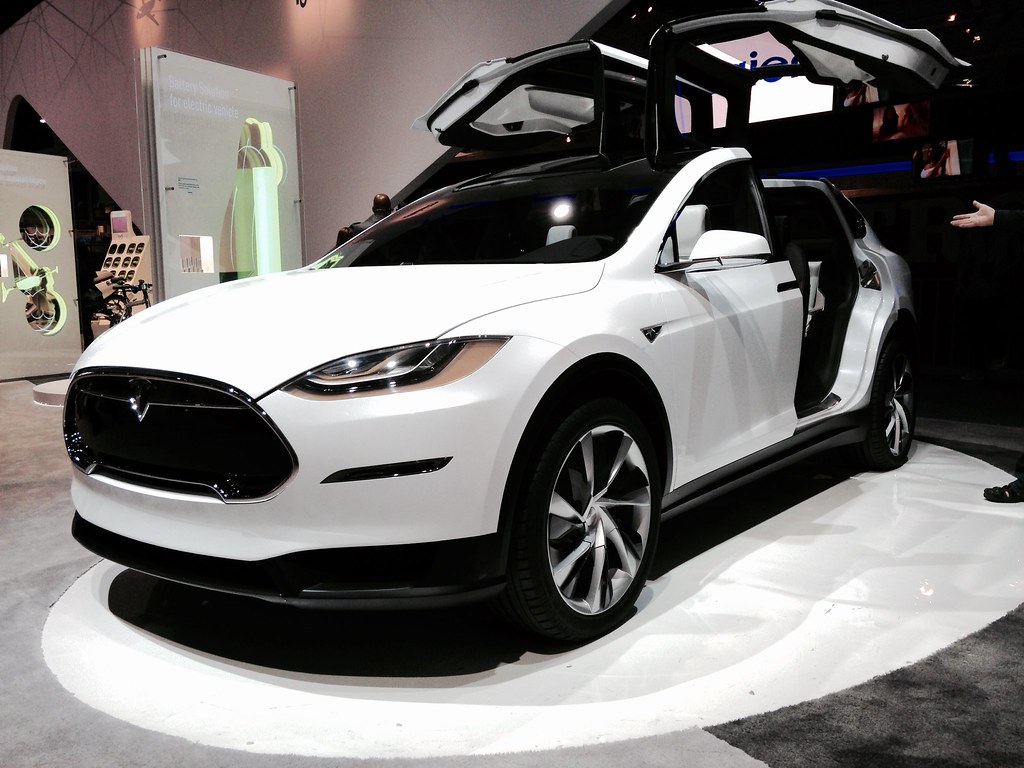
11. Production Shifts and the Disappearance of Iconic Models
The pivot from sedans isn’t just about theoretical profit; it’s visible in dealership lots and production lines, accelerating the disappearance of once-iconic sedan models. This strategic reallocation of resources by automakers clearly indicates where industry priorities now lie, cementing the dominance of SUVs and trucks.
Many car manufacturers have decisively reallocated production capacity and development resources away from sedans. Instead, they’re pouring investment into creating and manufacturing SUVs, crossovers, and pickup trucks, which align with evolving market demands. This has resulted in the discontinuation or reduction of several beloved sedan models, making way for more popular and profitable segments. Factory space once used for sedans can now be better utilized for vehicles customers are actually buying.
Just look at American automotive giants. Ford was remarkably swift, discontinuing the Focus, Fiesta, and Taurus within months of each other in 2018, following its announcement to revamp its entire lineup for SUVs and trucks. General Motors, though slower, systematically phased out the Impala, Malibu, Cruze, Sonic, and various Buick sedans over years, explicitly to make space for electric vehicle production, particularly the Ultium platform. The Chevy Volt was also a casualty.
Even Chrysler, part of Stellantis, saw a similar outcome. The Chrysler 300 and Dodge Charger, sole sedans across its brands in recent years, were phased out as they rode on very old platforms. The message is unequivocal: American sedans are becoming relics, with companies prioritizing vehicles customers want, like the Dodge Durango and the entire Jeep lineup. This reflects market realities, where investment follows demand for versatility and utility.
Read more about: Seriously, What Happened? 10 Iconic Headlight Styles That Vanished From Modern Cars
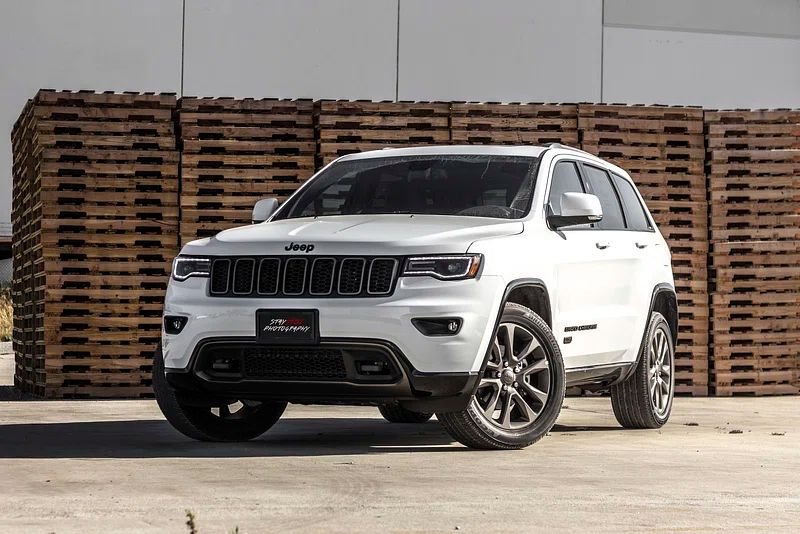
12. The Subtle Role of Regulatory Pressures
While consumer demand and profitability are the loudest voices, another factor subtly nudges automakers from sedans: regulatory pressures. Stricter fuel efficiency and emissions regulations, though seemingly at odds with larger vehicles, indirectly contributed to production shifts, even if consumer preference often overrides these in sales.
On the surface, it seems counterintuitive. Larger vehicles like SUVs and trucks typically have higher fuel consumption and emissions than sedans. This theoretically makes them more challenging for automakers to comply with stringent environmental regulations. Sedans, with their smaller size and lighter weight, are generally more fuel-efficient and easier for manufacturers to meet these requirements, helping balance fleet averages.
However, overwhelming consumer demand for larger, more versatile vehicles has largely outweighed these regulatory considerations regarding *what gets produced and sold*. Automakers, faced with the choice of selling what people want (SUVs) or what might be easier to regulate (sedans), focused efforts on popular, profitable segments. This means regulations aren’t ignored, but companies find ways to meet them *within* their preferred product mix, like offering hybrid or electric SUV options.
So, while regulatory bodies might theoretically favor sedans for emissions targets, the market’s insatiable appetite for SUVs means automakers channel innovation into making larger vehicles more compliant. This involves significant R&D into efficient engines, hybrid, and electric powertrains for their SUV and truck lines, rather than reinvigorating abandoned sedan platforms. It’s a complex dance between government mandates and public desire.
Read more about: Unpacking the Code: The 15 Most Controversial Hiring Practices Shaking Up Major Tech Companies Today
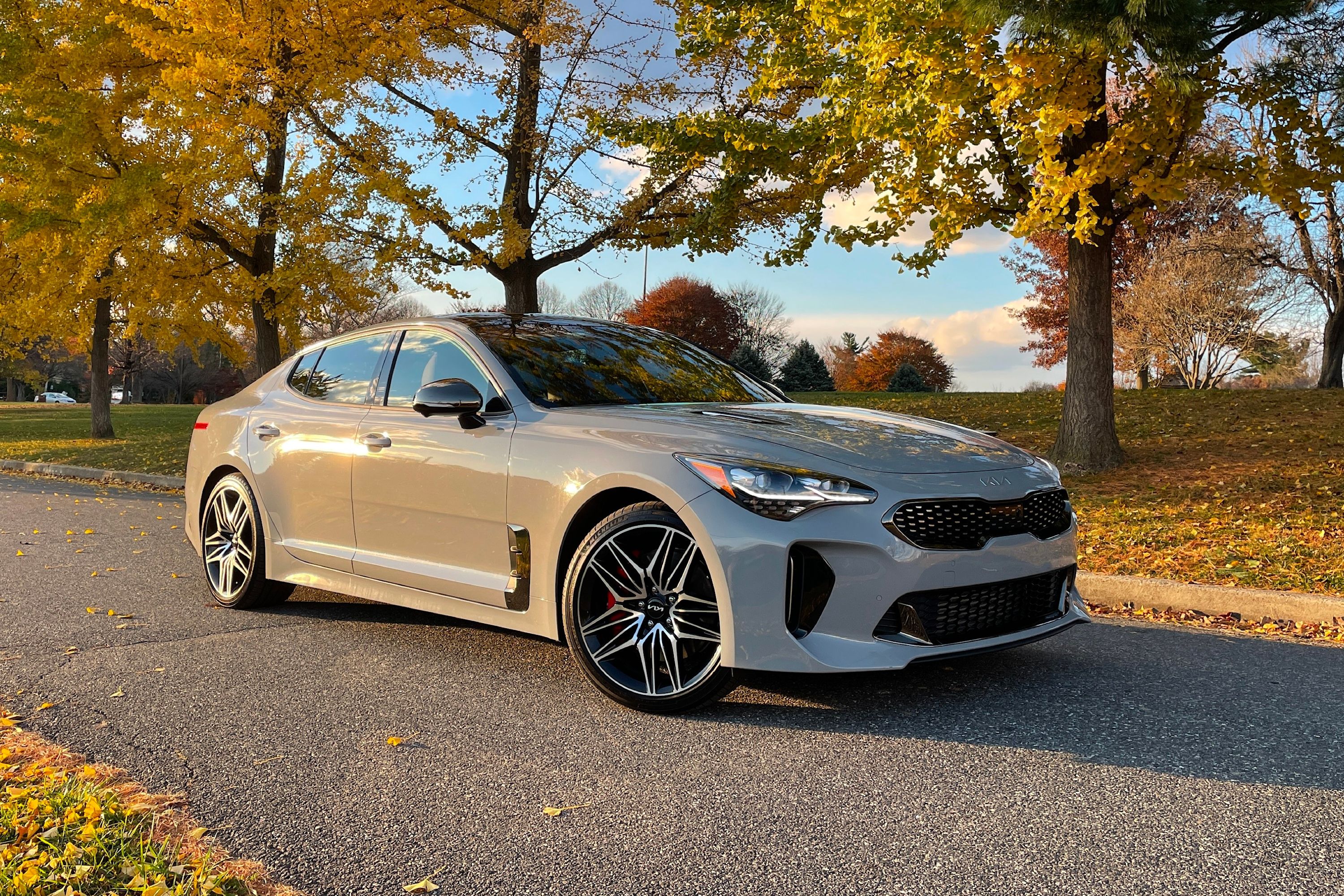
13. Sedans Aren’t Dead: Niche Markets and Enduring Appeal
Hold on a minute! Before we declare the sedan completely extinct, let’s take a deep breath. While their market share has undeniably shrunk, it’s inaccurate to say sedans are truly “dying.” In fact, there’s surprising resilience to these four-doors, as they continue to carve out vital niches and hold an enduring appeal for specific demographics.
Many automakers, particularly non-U.S. brands, are actively developing and enhancing sedan models. They’re investing in improving engines, refining designs, and integrating cutting-edge technological features. The legacy of sedans remains significant, ensuring they persist as a compelling option for buyers prioritizing efficiency, performance, and that classic, sleek driving experience. Honda Accord and Toyota Camry, though no longer sales juggernauts, still command respect and loyalty.
For certain buyers, sedans offer a superior driving experience due to their lower center of gravity and reduced body roll, translating to a smoother, more agile ride and easier maneuverability in tight spaces. Their superior fuel efficiency remains a critical advantage for those keen on saving money at the pump, especially in urban environments where parking is limited and every MPG counts. Younger buyers might also find sedans appealing for these reasons when navigating city life.
Furthermore, let’s not forget the luxury segment. High-end models like the Mercedes-Benz S-Class and BMW 7 Series have weathered the market shift far better than their economical counterparts. These vehicles continue to thrive, appealing to clientele valuing sophisticated design, refined performance, and premium comfort. This demonstrates that for a particular market segment, the sedan’s elegance and driving dynamics are irreplaceable, proving the four-door isn’t going anywhere for discerning buyers.
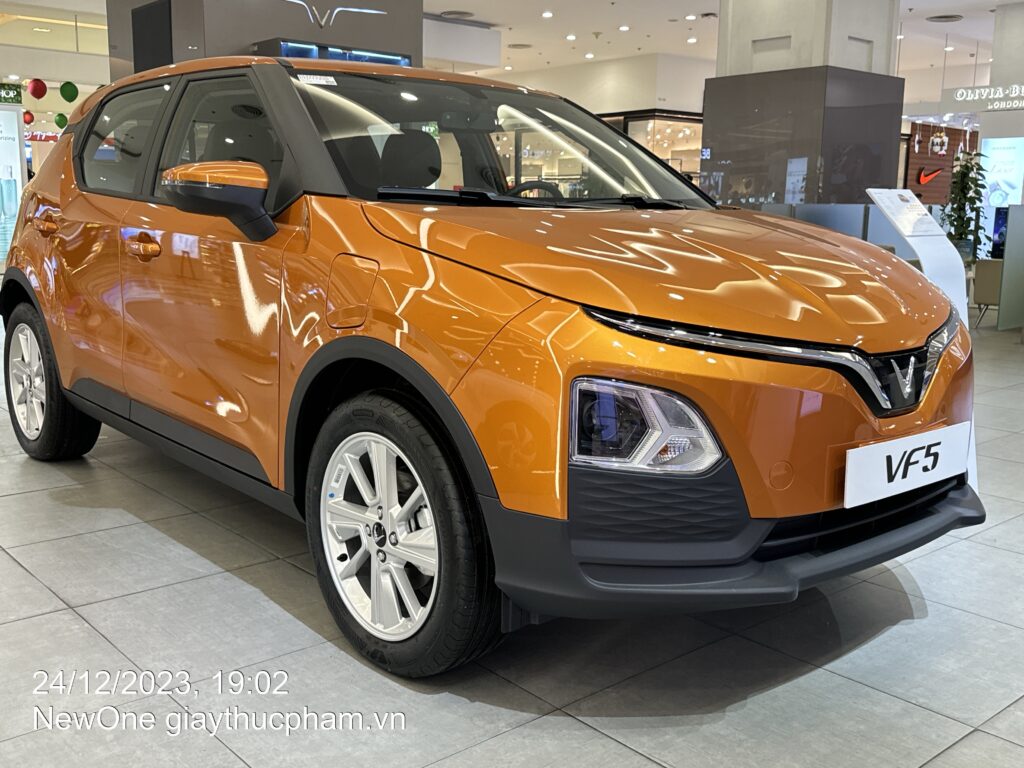
14. The Electric Future: A Potential Lifeline for Sedans
Could the future of transportation be the very thing that breathes new life into the sedan? As the automotive world accelerates towards electrification, there’s a compelling argument that electric vehicle (EV) technology could offer a significant advantage—a potential lifeline—for traditional sedans, leveling the playing field against their SUV rivals.
Think about it: a sedan is often inherently lighter and more aerodynamic than a comparable crossover or SUV. This isn’t just a minor detail; in the EV world, these attributes are gold. Greater aerodynamics and lower weight directly translate to increased driving range, a massive selling point for consumers grappling with “range anxiety.” A sedan’s ability to squeeze more miles from the same battery pack could make it a highly attractive option.
We’re already seeing this play out. Mercedes-Benz, for instance, builds its all-electric EQS 580 sedan and EQS 580 SUV on the same platform. Mechanically similar, both utilize dual electric motors linked to a 108-kWh lithium-ion battery pack. Yet, the sedan, weighing 5,888 pounds, boasts up to 340 miles of driving range, while its heavier SUV sibling, at 6,228 pounds, manages only 305 miles. That’s a noticeable difference purely based on design and weight.
As EV technology rapidly evolves, we could witness a new wave of sedans combining classic benefits—efficiency, agile performance, and sleek aesthetics—with cutting-edge electric powertrains. This could particularly appeal to environmentally conscious consumers seeking alternatives to larger vehicles, offering a truly sustainable yet stylish choice. The sedan’s unique advantages in the electric era might just secure its place in tomorrow’s garages.
So, there you have it: a deep dive into the fascinating, and sometimes frustrating, saga of the sedan. While their era of absolute dominance may be a chapter closed in automotive history, it’s clear the story isn’t over. From the undeniable allure of SUVs to the critical decisions in corporate boardrooms, the reasons for their decline are multifaceted, reflecting a seismic shift in consumer priorities and lifestyle aspirations. But as we’ve seen, sedans aren’t ready to fade into obscurity just yet, holding their own in specific markets and potentially finding a revitalized purpose on the electrified roads of the future. The automotive landscape is always evolving, and whether you’re a staunch sedan loyalist or have already embraced the SUV revolution, one thing is certain: the journey ahead promises to be as dynamic and exciting as ever.

